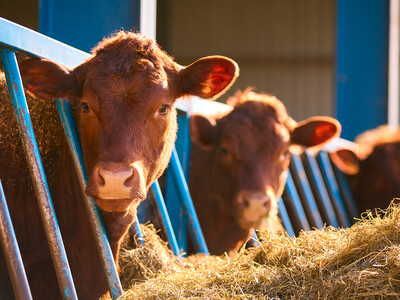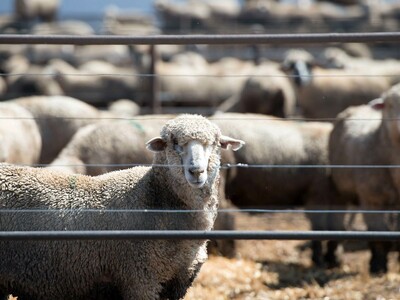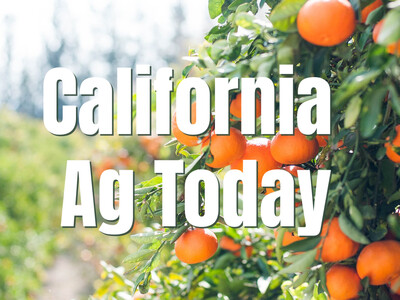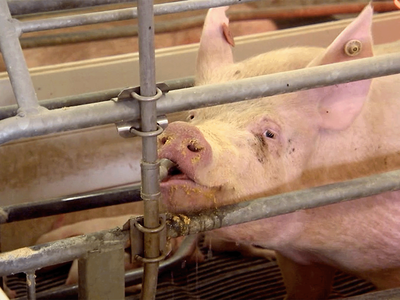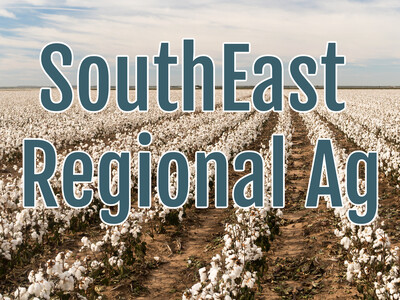Exporting Pork
Exporting Pork. I’m Greg Martin with today’s Line On Agriculture.
Exports are an essential part of the ag industry. Can you imagine what the grocery store would look like without products imported..even from other states? It would be a very shallow pool to choose from. But exports are not a sure thing. Take pork exports to China. While the pace of U.S. pork exports to China has slowed from the record volumes recorded late last year, China still makes up a key component of the U.S. industry’s global export picture. As U.S. Meat Export Federation Export Services Director Kevin Smith explains, this decision represents a very positive outcome for the U.S. pork industry.
SMITH: This was a notice that was published by China last fall. It essentially just indicated their desire to have all establishments that were going to be exporting to China any type of food product go through a registration process with a division that they were establishing. We worked with other associations, other trade associations here in the U.S. and worked with our own government developing a set of comments in response to that publication. The comments were reviewed by the Chinese authorities. They incorporated some of the things that we were asking for.
Through February, U.S. pork exports to China (including variety meat) totaled 137.7 million pounds valued at $122.3 million. For the China/Hong Kong region, exports totaled 172.4 million pounds valued at $158.2 million. Smith talks about what the comments mean.
SMITH: It basically means that instead of having to go through what is potentially a very rigorous registrations process, something that could be very detailed and time consuming, this really just allows for the continued recognition of our food safety system and that’s really important.
Last week the U.S. pork industry received positive news from regulatory officials in China regarding a key market access issue.
SMITH: You know it’s a work in progress with China and we continue developing a relationship with the regulatory authorities in China so to better understand what they need in terms of their regulations and making their policies work in a way that’s acceptable to them and something that makes it so our exporters can be able to do it in a way that’s still cost effective and meaningful and that we can have continued trade.
That’s today’s Line On Agriculture. I’m Greg Martin on the Ag Information Network.





